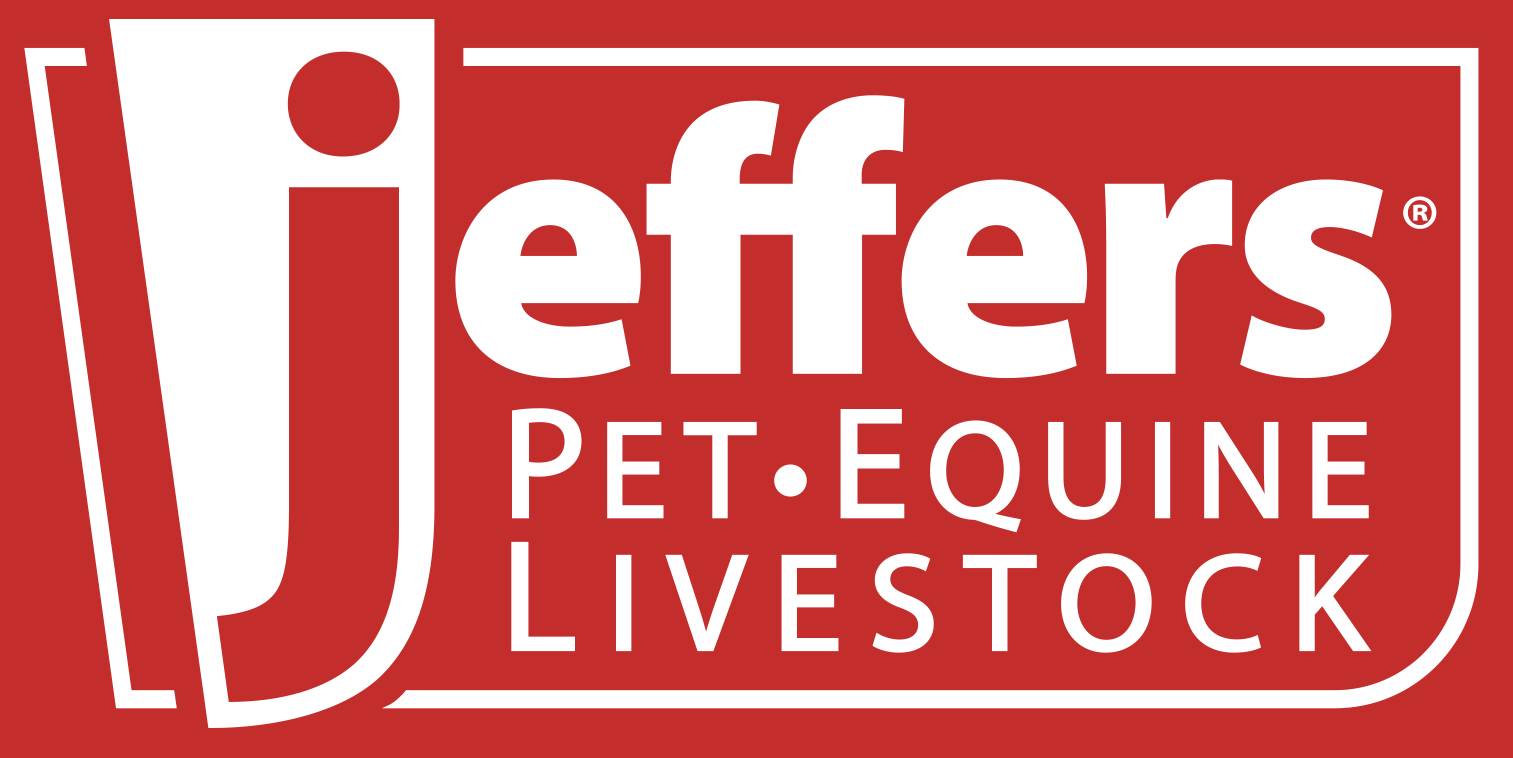Positive Reinforcement Dog Training: 5 Essential Elements
Posted January 9, 2024 in Pet Blog by Renee Jones

Positive Reinforcement Techniques for Dog Training

Dogs are pack animals and very social creatures. It’s very important to their health and happiness that all of our interactions with them are positive. Appropriate dog training is every bit as important to his well-being as health care.
The majority of dogs that are turned over to shelters are given up because they are exhibiting behaviors that their owner has been unable to correct. The dogs are given up out of frustration. A well-trained dog is a joy to be around. They are more fun to take out in public and to introduce to visitors in your home. Dogs are looking out for number one and they will do whatever works for them. Using reward-based positive reinforcement training will be fun for both you and your dog.
Dog Training in 2 Simple Steps
All you need to do is:
- Communicate to your dog how he’s doing on winning the prizes
- Have names for all the different things he has to do

Your dog, when presented with a signal or cue like the word “sit”, first must identify if the signal means anything to him (classical conditioning). Then, and this is very important, he must work out the odds of the suggested behavior winning a prize (operant conditioning)! You will give your dog the signal or cue for the behavior you desire. When he performs the behavior, immediately mark that behavior with a word (such as “yes”) or the click from a clicker, such as the Pro-Training Deluxe Clicker. Follow with the reinforcer of choice. Very quickly your dog will make the connection that the marker (yes or clicker) means “WOO HOO! I am getting the prize!”
5 Essential Elements in Dog Training
A key to reward-based positive reinforcement training is to pick a reinforcer that your dog loves! Things which are likely reinforcers for dogs are as follows:
- Food
- Access to other dogs
- Access to outdoors and interesting smells on the ground
- Attention from people and access to people, especially after isolation periods
- Initiation of play or other enjoyed activity such as fetch, cuddling, tug-of-war, keep-away, etc.
Those are the big five, although your dog may have other quirks which you can use. Simply start doling out his favorite reinforcer only when he does what you want. If your dog responds to food, try a training treat of your choice.
Controlling Your Dog’s Behavior
Behavior is under the control of its consequences; law of effect. There are four kinds of consequences:
- Good thing starts (positive reinforcement)
- Good thing ends (negative punishment)
- Bad thing starts (positive punishment)
- Bad thing ends (negative reinforcement)
To be effective, all consequences must be immediate. These consequences will end up being associated with other things present at the moment of the consequences, as well as affecting the probability of the behavior.
Conclusion:
Dogs are expert at reading the environment to know which consequences are likely to occur for which behaviors in any given situation.
An old dog really can learn new tricks and it is never too late to train your dog. If you need assistance, books and videos are available, or consult a professional trainer. Just remember, make your training sessions fun for you and your best friend. And, as always, I welcome your phone calls and emails and will be happy to help you.
Check the full Jeffers Pet line of training treats or other Dog Training Aids that may help you with your dog training needs.
———————————————————-
Renee Jones-Lewis is a certified professional dog trainer, having received instruction from canine behaviorist Dr. Pamela Reid, plus nationally acclaimed trainers: Patricia McConnell, Pia Silvani, and Jean Donaldson, to name a few.
